Optimal Timing for Wall Plastering
Wall plastering is a crucial step in interior and exterior wall finishing, providing a smooth surface for painting or wallpapering. The timing of plastering significantly impacts its durability and finish quality. Proper weather conditions and ambient temperature are essential factors influencing the success of wall plastering projects.
Dry, mild weather with low humidity levels is ideal for wall plastering. Excessive moisture can hinder the setting process and cause cracks.
The best temperature for plastering is generally between 10°C and 30°C. Temperatures below or above this range can affect drying time and surface quality.
Spring and autumn typically offer suitable conditions for plastering, avoiding the extremes of summer heat and winter cold.
Low humidity promotes faster drying and reduces the risk of mold growth. High humidity can delay setting and compromise adhesion.
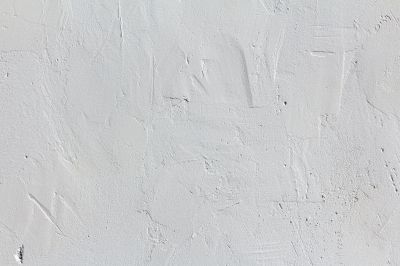
Properly prepared surfaces enhance plaster adhesion and finish quality.
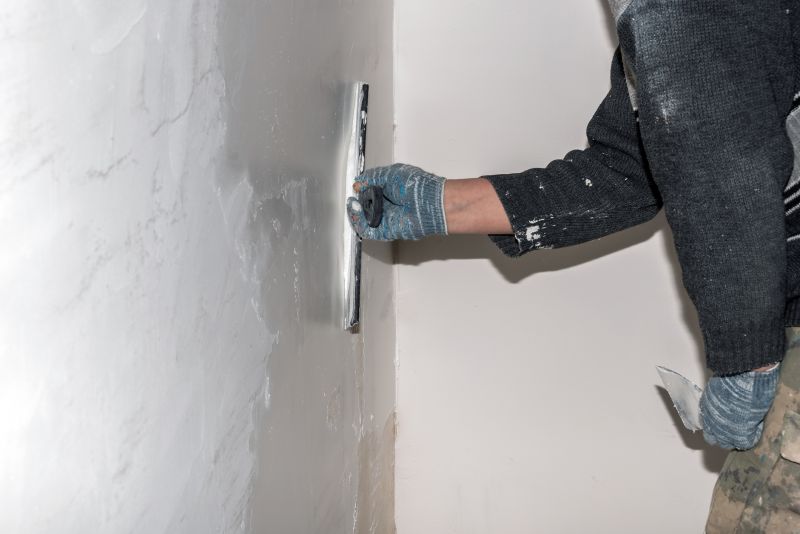
Even application techniques ensure a smooth, durable surface.

A well-plastered wall provides a perfect base for painting or wallpapering.

Ways to make Wall Plasterings work in tight or awkward layouts.

Popular materials for Wall Plasterings and why they hold up over time.
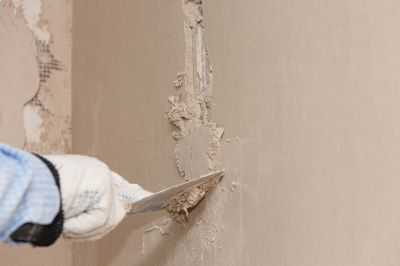
Simple add-ons that improve Wall Plasterings without blowing the budget.
| Season or Month | Ideal Conditions |
|---|---|
| Spring | Mild temperatures, low humidity, and stable weather |
| Autumn | Moderate temperatures, low humidity, and dry conditions |
| Summer | Early morning or late evening work recommended to avoid heat |
| Winter | Not recommended due to cold temperatures and high moisture |
Wall plastering is a fundamental process that enhances the appearance and longevity of walls. Proper timing aligned with favorable weather conditions ensures optimal adhesion, reduces cracking, and shortens drying times. Skilled application and appropriate surface preparation are essential for achieving a high-quality finish.
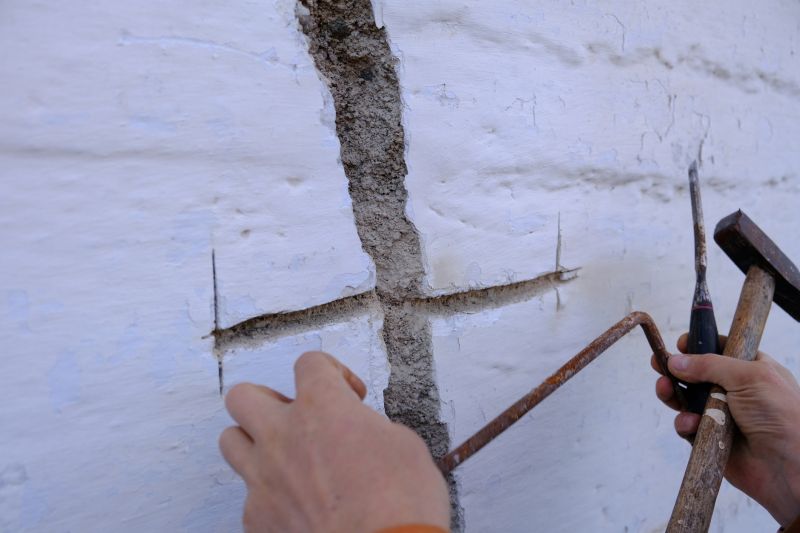
Controlled drying conditions prevent cracks and ensure durability.

Achieving a uniform surface requires proper troweling techniques.

A polished, even surface ready for painting or decoration.
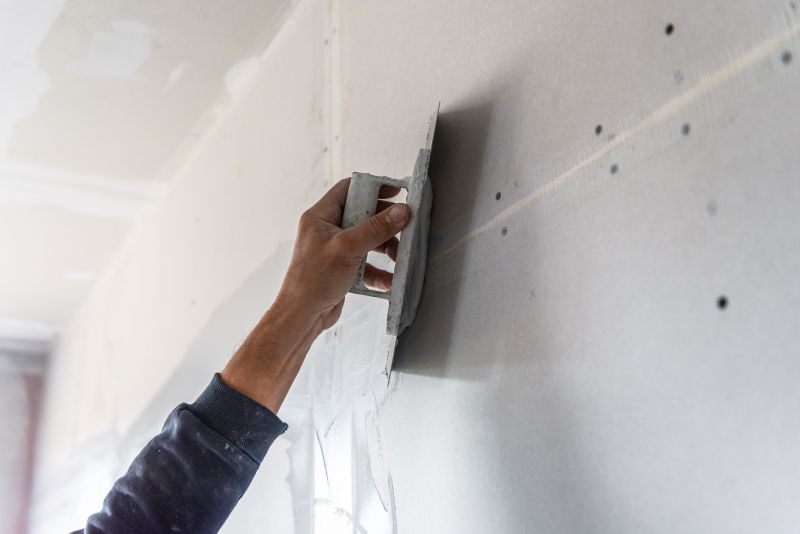
Indoor environments benefit from controlled conditions for best results.
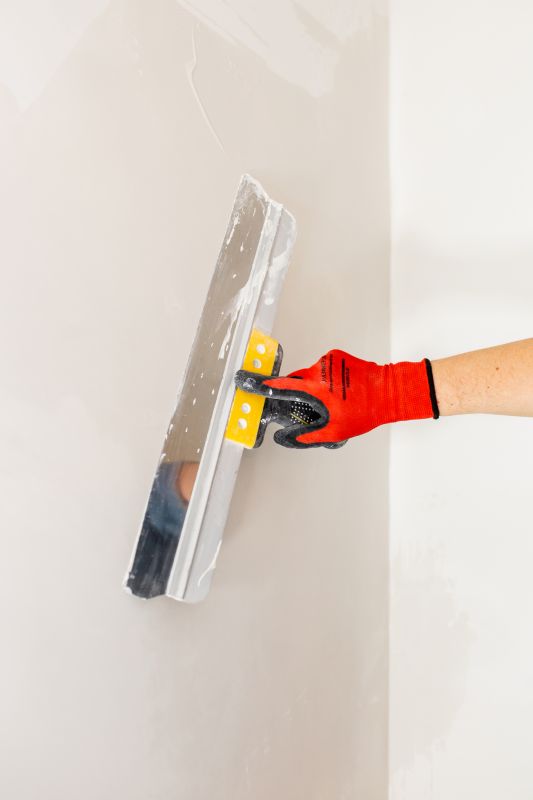
High-end options that actually feel worth it for Wall Plasterings.

Finishes and colors that play nicely with Wall Plasterings.
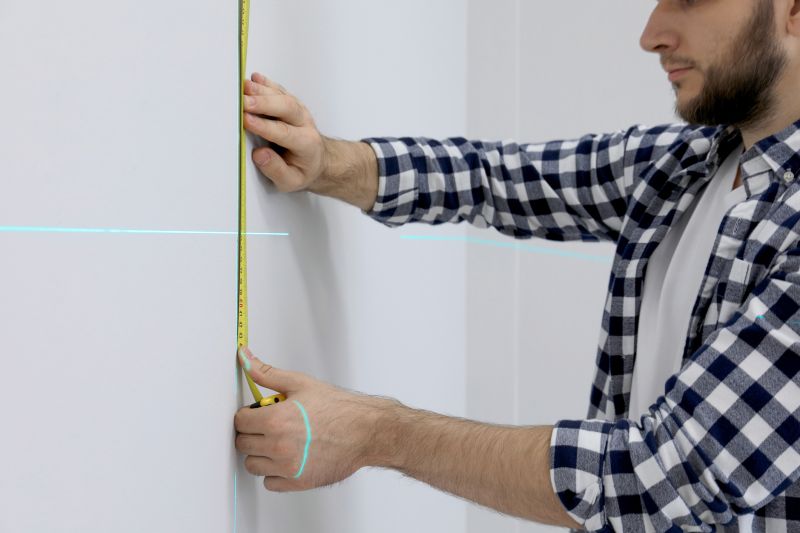
Little measurements that prevent headaches on Wall Plasterings day.
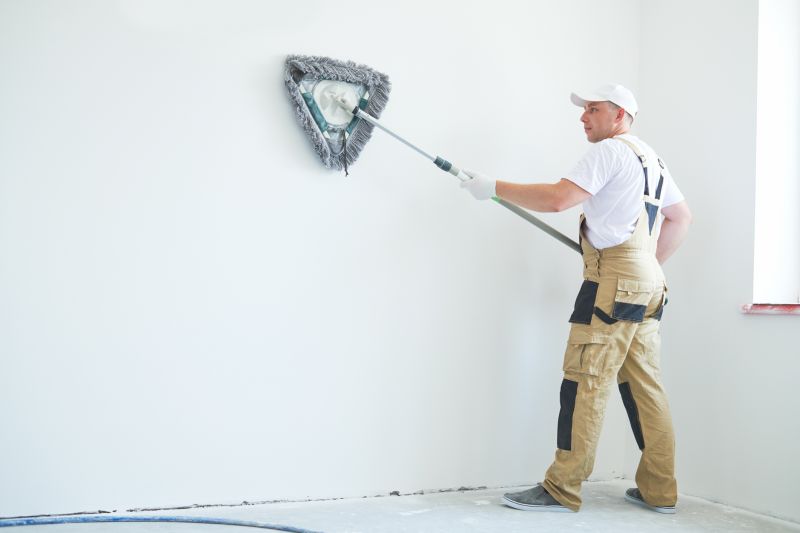
A 60-second routine that keeps Wall Plasterings looking new.
Choosing the right time for wall plastering can influence the longevity and appearance of the finished surface. Consulting with professionals and scheduling during suitable weather conditions can lead to more consistent and satisfactory outcomes. Proper planning helps avoid delays caused by unfavorable conditions, ensuring a smooth and durable finish.
Interested in professional wall plastering? Fill out the contact form to get more information.
